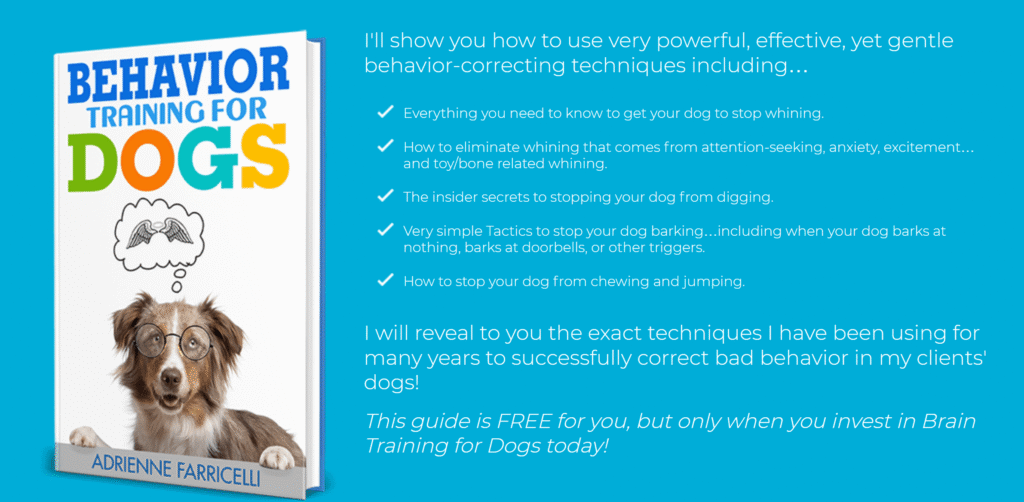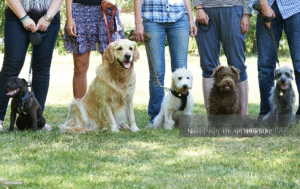How to Choose Puppy Food?
Bringing home a new puppy is exciting—but one of the most important decisions you’ll face early on is choosing the right food. Nutrition in the first year of life lays the foundation for healthy growth, strong bones, and good behavior. With so many brands, labels, and buzzwords, it’s easy to feel overwhelmed. This guide breaks down what matters, what doesn’t, and how to select the best diet for your pup.
Why Puppy Food Matters
Puppies grow at a rapid pace, doubling or tripling their body weight in just a few weeks. Unlike adult dogs, they need:
- Higher protein levels to build muscles and organs.
- Balanced calcium and phosphorus for bone development.
- Essential fatty acids (DHA & EPA) for brain and vision.
- Extra calories to fuel growth and play.
Feeding adult dog food to a puppy may cause nutrient deficiencies—or, in large breeds, bone and joint issues later in life.
Key Factors to Consider
1. Life Stage Label
Look for packaging that says “For Growth” or “For All Life Stages”. Avoid foods labeled only for “Adult Maintenance.”
2. Breed Size Formulas
- Small breeds: Higher energy density; smaller kibble size.
- Large breeds: Controlled calcium and calories to avoid overly rapid growth (which can stress joints).
3. Nutritional Adequacy
Make sure the food meets AAFCO (Association of American Feed Control Officials) standards. This ensures it has been formulated to support growth.
4. Ingredient Quality
- High-quality animal protein (chicken, beef, lamb, fish) should be listed first.
- Whole grains or digestible carbs like rice, oats, or sweet potatoes.
- Limited fillers, artificial colors, or by-products.
5. Dry vs. Wet vs. Fresh
- Dry kibble: Convenient, helps with dental health.
- Wet food: Palatable, good for picky eaters, but more costly.
- Fresh/frozen diets: Often higher quality, but check for balance.
Many owners mix dry and wet food for variety.
6. Special Considerations
- Allergies or sensitivities: Look for limited ingredient diets.
- Veterinary recommendations: For pups with medical needs.
Feeding Guidelines
- Follow the portion chart on the bag as a starting point.
- Feed 3–4 small meals daily until 6 months of age, then transition to 2 meals.
- Adjust based on body condition: ribs should be felt but not seen; waist should be visible.
Transitioning Food Safely
Switch foods gradually over 7–10 days:
- Day 1–3: 25% new, 75% old.
- Day 4–6: 50/50.
- Day 7–9: 75% new, 25% old.
- Day 10: 100% new.
This prevents stomach upset and helps your puppy adapt.
Common Mistakes to Avoid
- Choosing food based on marketing hype instead of nutrition.
- Overfeeding “to grow faster.” This can cause obesity and skeletal problems.
- Constantly switching brands, which may lead to picky eating.
A Smarter Way to Support Training Too
Good nutrition supports not just growth, but trainability—pups with balanced diets have better focus and energy regulation. Once your puppy’s food is sorted, the next step is building obedience skills. Instead of spending thousands on in-person classes, many new owners use affordable online resources like Brain Training for Dogs, created by professional trainer Adrienne Farricelli, CPDT-KA (10+ years of experience, certified).
This program provides:
- Step-by-step video lessons (from puppy basics to advanced skills).
- Gentle, reward-based methods that complement food-based training.
- Lifetime access at a fraction of the cost of local obedience schools.
👉 Combine the right food + the right training and you’ll set your puppy up for a healthy, well-behaved life.
Final Thoughts
Choosing puppy food doesn’t have to be complicated. Focus on life stage labeling, breed-appropriate formulas, high-quality proteins, and safe transitions. Once nutrition is covered, you can confidently tackle training and behavior with structured, positive methods.
Your puppy only gets one chance at early growth—make it count with smart food choices and consistent guidance.






















